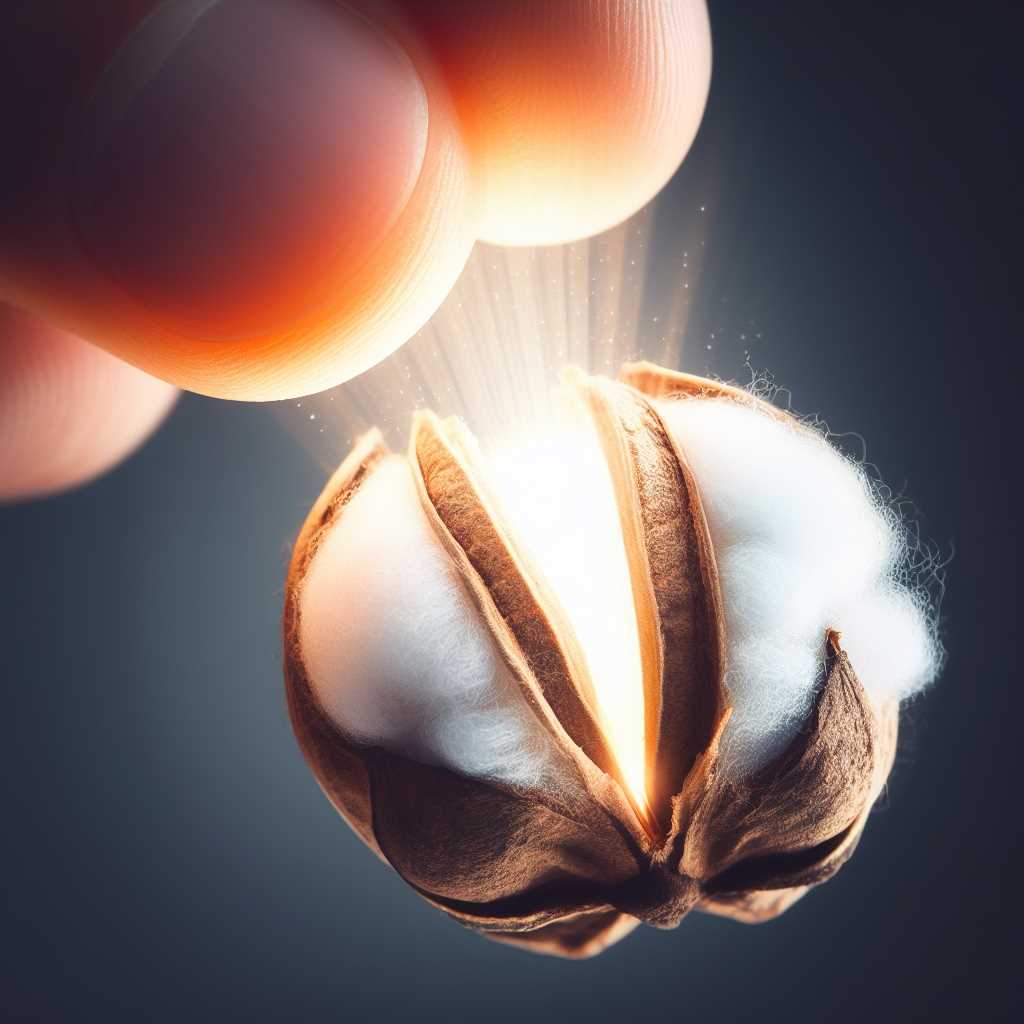Cotton Seeds Become Nature's Green Germ-Fighting Brigade
Cotton seeds, usually tossed aside, hold potent antimicrobials. Mexican scientists are unlocking their power, turning waste into weapons against E. coli & Co. This green gold could rewrite the story of cotton and waste, weaving a future of natural germ fighters.

In the vast cotton fields of northern Mexico, amidst the fluffy bolls and industrious gins, a silent drama unfolds. Billions of cotton seeds, mere byproducts in the quest for textile treasure, face a destiny of anonymity – as livestock feed, at best. But in the bustling labs of the Delicias sub-headquarters of Mexico's prestigious Center for Research in Food and Development (CIAD), a team of renegade researchers is rewriting the script. They're not after the cotton's crown, but its castoffs, transforming them from humble discards into potent weapons in the fight against microbial foes.
Imagine a world where waste becomes your weapon, where nature's discards become nature's defense. That's the vision driving the team led by Dr. Leticia Xóchitl López Martínez and her intrepid student, Rubí Valeria Flores Flores. Their battleground? The humble cotton seed, often tossed aside after the prized fibers are extracted. Their arsenal? Bioactive compounds lurking within, waiting to be unleashed.
Mexico's cotton industry is a titan, with Chihuahua alone boasting a 78.3% national production share. But behind the scenes, a mountain of waste accumulates. Seeds and lints, constituting a whopping 66% of the harvest, languish, their potential untapped. This, for the CIAD team, was not just a logistical headache, but a missed opportunity. They saw in these castoffs not just feed, but a treasure trove of natural antimicrobials waiting to be mined.
Green Goo with Bite
The team armed themselves with the NMX-BB-040-SCFI-1999 standard, a trusty guide in the labyrinthine world of antimicrobial testing. But they weren't afraid to add their own twists, tailoring the protocol to unlock the seeds' secrets. Their target? A rogue's gallery of bacterial bad boys – E. coli, Salmonella, and the notorious S. aureus, all opportunistic pathogens wreaking havoc on vulnerable patients.
And the results? Nothing short of astonishing. Extracts from the cotton seeds, these green elixirs of nature, delivered a gut punch to the bacteria, achieving a staggering 99% inhibition! It was a David-and-Goliath moment, where nature's underdog, armed with its potent arsenal, sent chills down the spines of even the most resilient microbes.
But the CIAD team isn't content with just flexing their scientific muscles. They envision a future where these cotton-derived antimicrobials weave their way into our everyday lives. Imagine natural germicides gracing our kitchens, hospitals, and even textiles, all thanks to the power of a once-discarded seed. This research aligns perfectly with Mexico's National Plan for Innovation, underlining the country's commitment to transforming waste into valuable resources.
The story of the CIAD team is a testament to the power of ingenuity and resourcefulness. It's a story of not just fighting germs, but of fighting waste, of giving nature's castoffs a second chance to shine. And as their research unfolds, one thing is certain – the humble cotton seed may yet rewrite its own destiny, from field reject to frontline defender, all thanks to the vision of a team who dared to see the gold in the green.




